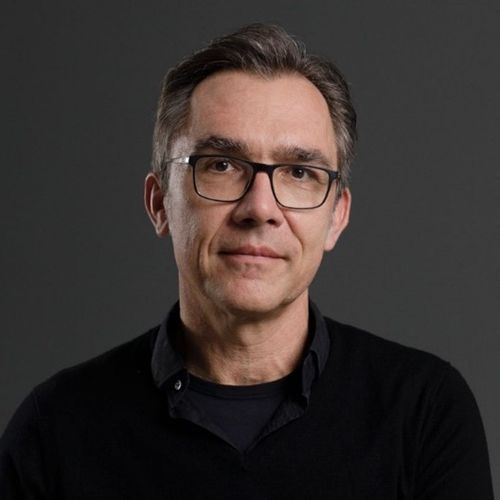About This Webinar
Especially in the fields of the life sciences and medicine, Raman-based technologies have proven their great potential, and they increasingly complement established methods such as fluorescence spectroscopy and microscopy.
Raman methods have grown rapidly over the past decade, entering a new era due to advancements in instrumentation and, more importantly, due to increased interdisciplinary dialogue between spectroscopists and end users such as clinicians. Raman spectroscopic bioanalytics has driven hardware and software advancements that include new Raman fiber probe designs; field-deployable, compact, and easy-to-use Raman microscopes; and novel data processing techniques exploiting artificial intelligence for automated analysis of Raman data sets.
Popp highlights selected examples — including microbial diagnostics; the visualization of metabolic, defense, or chemical communication processes; on-site environmental and soil monitoring; and disease diagnostics — of the great potential of linear and nonlinear Raman spectroscopy for biomedical and life science analysis. The use of Raman spectroscopy outside specialized laboratories and directed at the end user requires easy-to-use optical instruments with a high technology readiness level (TRL), thus bringing Raman approaches closer to the end user, such as for clinical use.
***This presentation premiered during the 2022
BioPhotonics Conference. For more information on Photonics Media conferences, visit
events.photonics.com.
About the presenter

Jürgen Popp, Ph.D., studied chemistry at the University of Erlangen-Nuremburg and the University of Würzburg in Germany. After finishing his doctorate in chemistry, he joined Yale University for postdoctoral work. He subsequently returned to the University of Würzburg, where he finished his habilitation in 2002. Since 2002, Popp has held a chair for physical chemistry at the Friedrich-Schiller University Jena in Germany. Since 2006, he has also been scientific director of the Leibniz Institute of Photonic Technology in Jena.
Popp is a world-leading expert in biophotonics and optical health technology research, covering the complete range from basic photonics research to translation into clinically applicable methods. He has published more than 960 journal papers, has been named as an inventor on 12 patents, and has given more than 200 invited talks on national and international conferences (among them more than 50 keynote/plenary lectures). In addition, he has organized numerous conferences and workshops, such as the world’s largest conference on Raman spectroscopy, ICORS, in 2014. He is editor-in-chief of the Journal of Biophotonics. Furthermore, he is a leading partner in various national and international projects in cooperation with academic, clinical, and industrial partners, and he has raised more than €50 million ($50 million) in third-party funding. He has been frequently asked to be a contact person for media and politics.
In 2012, he received an honorary doctoral degree from Babes-Bolyai University in Cluj-Napoca, Romania. Popp is the recipient of the 2013 Robert Kellner Lecture Award, and in 2016 he received the prestigious Pittsburgh Spectroscopy Award. Also in 2016, he was elected to the American Institute for Medical and Biological Engineering (AIMBE) College of Fellows. In 2018, Popp was awarded the renowned Ioannes Marcus Marci Medal of the Czech Society for Mass Spectrometry, he won the third prize of the Berthold Leibinger Innovationspreis, and he received the Kaiser-Friedrich-Forschungspreis. In 2019, he was awarded the Ralf-Dahrendorf-Preis für den Europäischen Forschungsraum, and in 2020 he became an Optica senior fellow. In 2021, he became a Fellow of the Royal Society of Chemistry (FRSC).